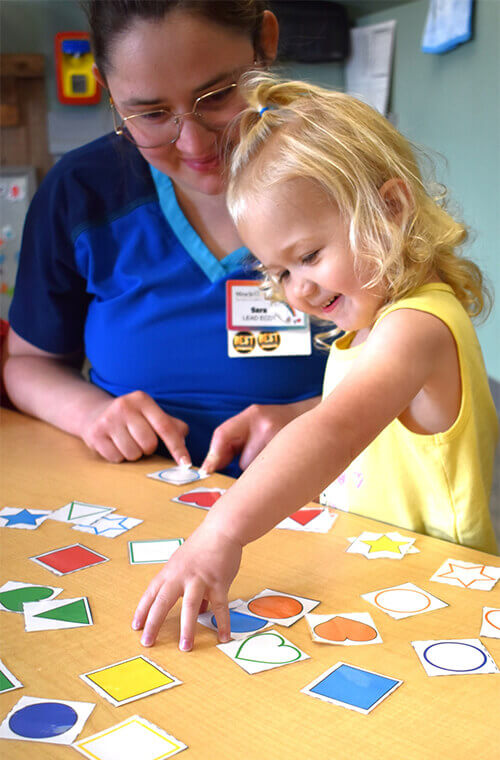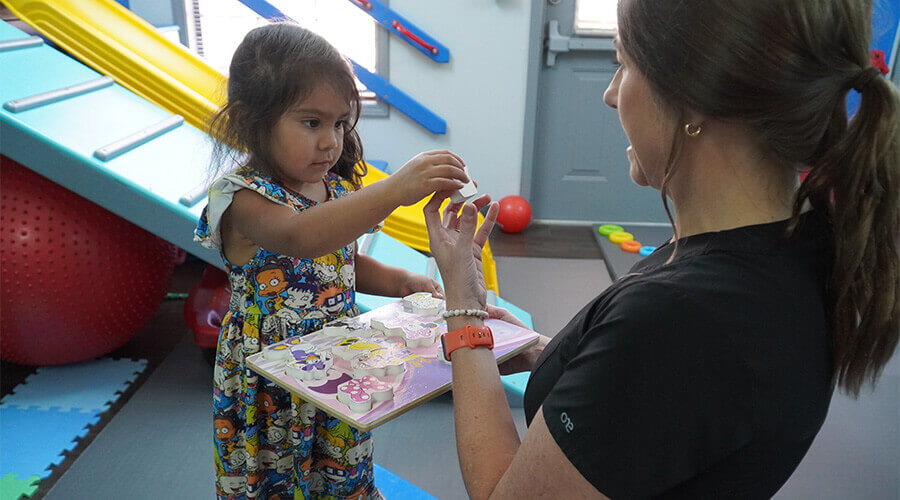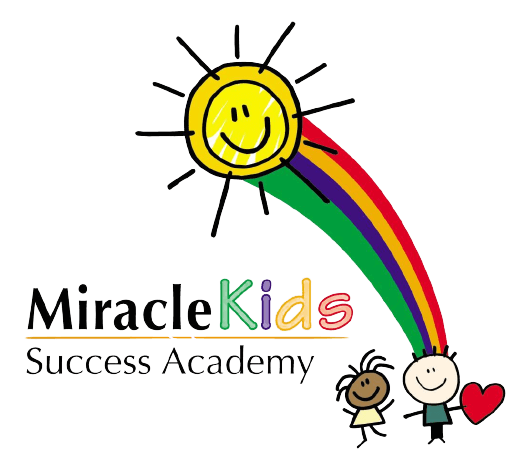 Children’s brains are most receptive to learning and development in the early years of life. At birth, the average baby’s brain is about a quarter of the size of an adult brain. Incredibly, it doubles in size the first year. Ninety percent of a child’s brain develops by the age of five. With this information, it is easy to understand the importance of early intervention, but it is also important to know how the brain develops. Harvard researchers claim that 700 new neural connections are formed every second in the first few years of life. According to Harvard, these neural connections are formed through the interaction of genes and a baby’s environment and experiences, especially interaction with adults. This process of reciprocity, or positive back-and-forth exchanges between children and adults, creates a foundation for lifelong learning behavior and physical and mental health. Unfortunately, a weak foundation increases the odds of later difficulties in life.
Children’s brains are most receptive to learning and development in the early years of life. At birth, the average baby’s brain is about a quarter of the size of an adult brain. Incredibly, it doubles in size the first year. Ninety percent of a child’s brain develops by the age of five. With this information, it is easy to understand the importance of early intervention, but it is also important to know how the brain develops. Harvard researchers claim that 700 new neural connections are formed every second in the first few years of life. According to Harvard, these neural connections are formed through the interaction of genes and a baby’s environment and experiences, especially interaction with adults. This process of reciprocity, or positive back-and-forth exchanges between children and adults, creates a foundation for lifelong learning behavior and physical and mental health. Unfortunately, a weak foundation increases the odds of later difficulties in life.
Early intervention day treatment centers, like Miracle Kids Success Academy (MKSA) and Kids Unlimited Learning Academy (KULA), have teams of professionals and paraprofessionals who know that responsive relationships and language-rich experiences for young children help build a strong foundation for later success. They use a comprehensive, interdisciplinary approach to treatment. In other words, team members from different disciplines work collaboratively, with a common purpose, to set goals, work on objectives and share resources and responsibilities. An example of this would be a child who needs help with core strength and postural control. In an EIDT facility, a child’s occupational therapist, physical therapist, speech-language pathologist and teacher will all work on strengthening the child’s core and the child’s posture while working on other activities throughout the day. It is easy to see why having a team approach is more beneficial to the child.
EIDT providers also realize how important health and nutrition are during the early years. The developing brain requires essential nutrients to form and to maintain its structure. Infant and child cognitive development is dependent on adequate nutrition and children who don’t receive sufficient nutrition are at risk of exhibiting impaired cognitive skills. Many EIDT centers provide several meals throughout the day. MKSA and KULA provide breakfast, lunch and afternoon snacks which are all based on USDA guidelines. And the classroom curriculum has activities which allow children to explore different foods using all of their senses.
Children have plenty of opportunities for social interaction at EIDT centers as well. Such opportunities help develop better communication and conflict resolution skills, which will definitely be useful for kindergarten, as they will be more comfortable interacting with others in classrooms and on playgrounds.
These are just some benefits of EIDT services. According to research, great services have positive results for communities too. The Center on the Developing Child at Harvard University wrote: Providing young children with a healthy environment in which to learn and grow is not only good for their development—economists have also shown that high-quality early childhood programs bring impressive returns on investment to the public. Three of the of the most rigorous long-term studies found a range of returns between $4 and $9 for every dollar invested in early learning programs for low-income children. Program participants followed into adulthood benefited from increased earnings while the public saw returns in the form of reduced special education, welfare, and crime costs, and increased tax revenues from program participants later in life.
If you have a child with special needs, schedule a tour at an EIDT facility in your community. Tell the staff about your child and let them tell you how they can help!


